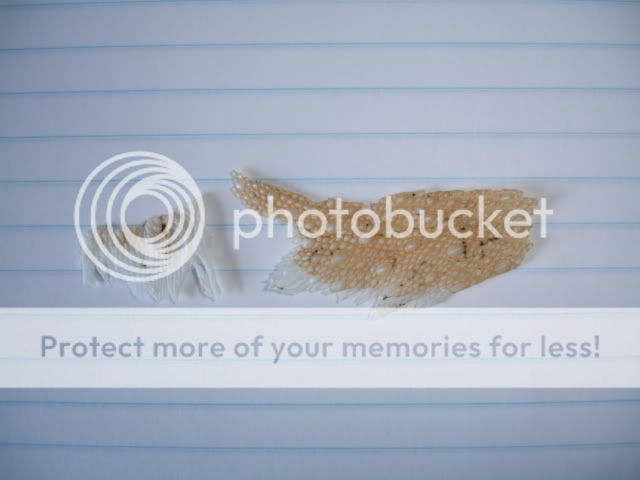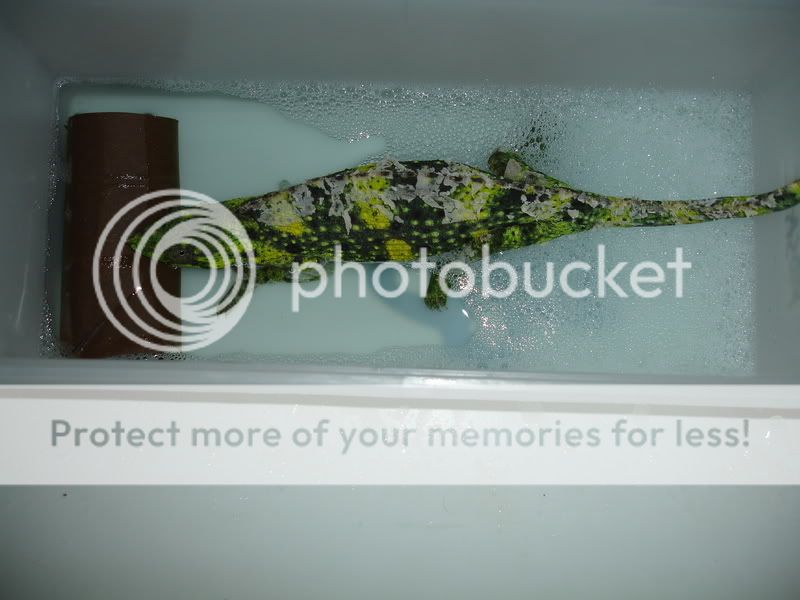studiocham
New Member
Thank you so much for the answers to my questions and the links! You're the best! I am going to call my vet tomorrow, so this is perfect timing to ask him about CANV. Darn weekends slow things down.
Sad that CANV can be killing the cham while it shows its "healthy" colors, that is one more challenge to keepers observing their animals for changes. Very frustrating.
Sad that CANV can be killing the cham while it shows its "healthy" colors, that is one more challenge to keepers observing their animals for changes. Very frustrating.








